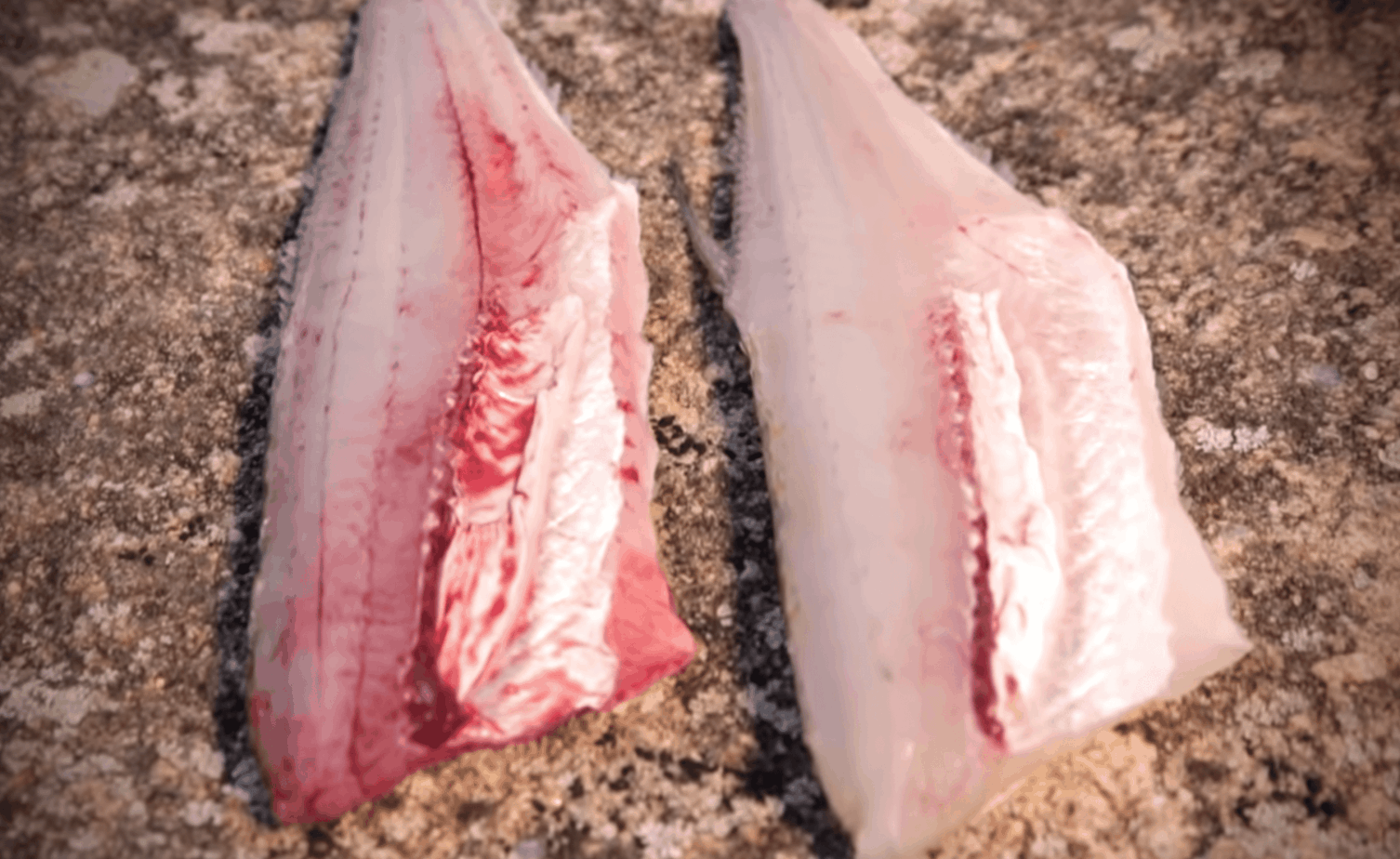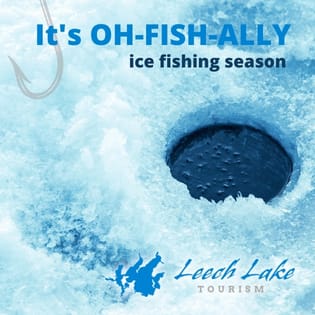Do you want better tasting walleye fillets? Try bleeding walleyes before you bring them home.
According to Joel Nelson, bleeding your catch in the livewell before you put them on the fillet board can make a big difference.
Bleeding Walleyes for Better Fillets (Side-by-Side Comparison)
This actually stems from an ancient Japanese technique called Ike-Jime which has received a lot of press in the gourmet food world in recent years. It’s a technique used to get fish in perfect condition for making sushi. We don’t need to need to do anything that extensive, but the overarching concept remains the same – making your catch taste even better!
So let’s break down this process of bleeding walleyes step-by-step:
First things first, use the blade of the knife to strike the walleye in the head, knocking it out and stunning it before you make your cuts.
Next, take your blade and make a deep cut underneath the gill plate. Once you’ve completed the cut, place your walleye back into the livewell. This allows the fish to expunge all of its blood into the livewell, and that’s going to make for a snow-white, perfectly clean fillet.
The best time to bleed your catch is right before you head back to the dock. A short boat ride at the end of a long day of fishing is all a walleye needs to completely bleed out in a circulated livewell. If you don’t have a livewell, an old fashion stringer will work just fine.

This concept isn’t new, but most fishermen still don’t take advantage of it. In the video above, Joel demonstrates the process and shows the difference with a side-by-side comparison featuring a fish that was bled and one that wasn’t. Here’s a look at the final product:
The difference is easy to see: the fillet on the left was from a walleye that was bled, and the one on the right was not.
While some blood can be washed off with water, the blood that’s inside the flesh it’s tougher to get out. The fish that was bled literally pushed all the blood out of it’s body, leaving clean, white fillets. Anyone who’s eaten their fair share of walleye knows the whiter the meat, the tastier the eat!
Next time you take a few walleyes home for a fish fry, try preparing your catch both ways. You will 100% notice the difference in taste.










